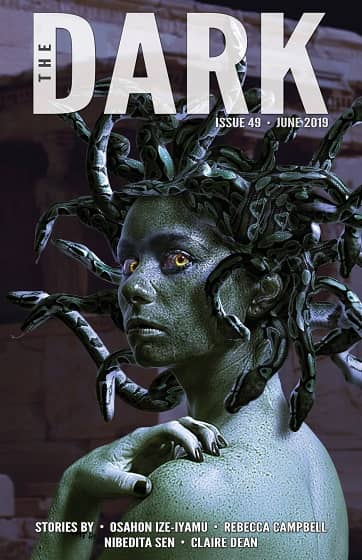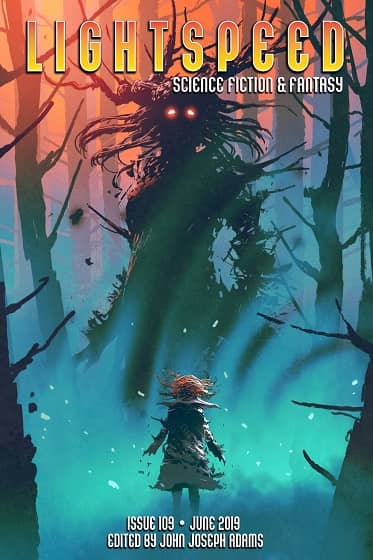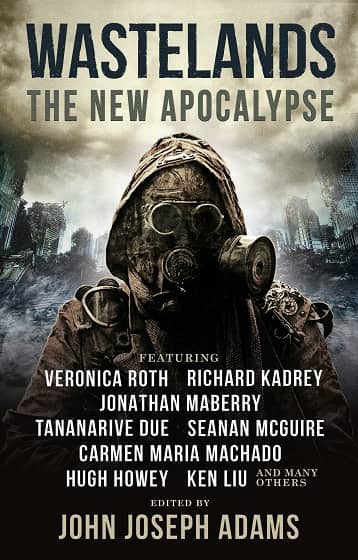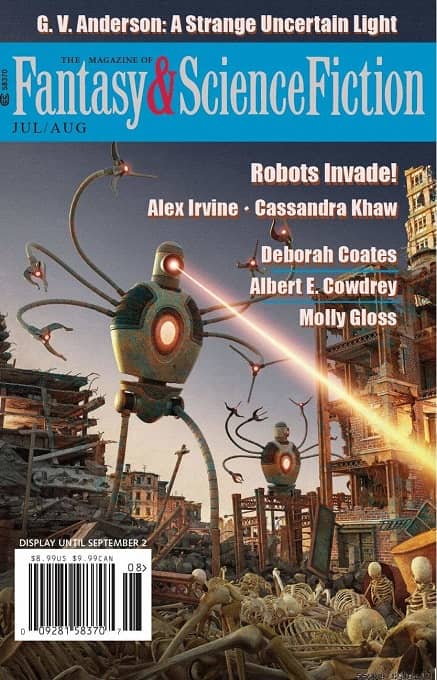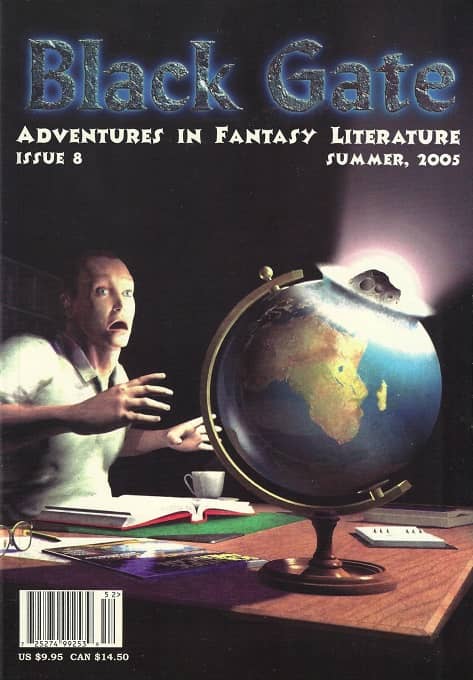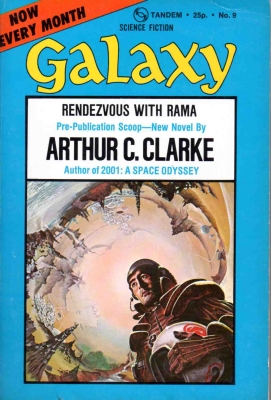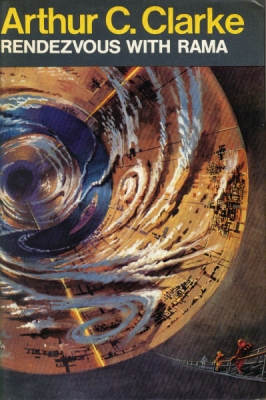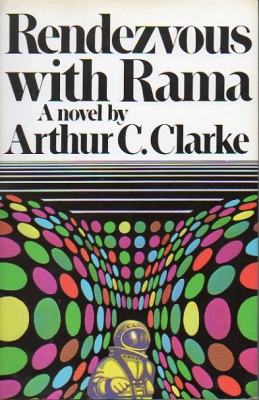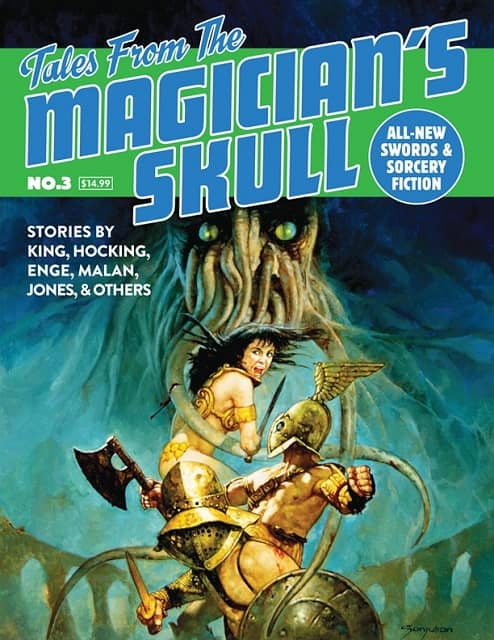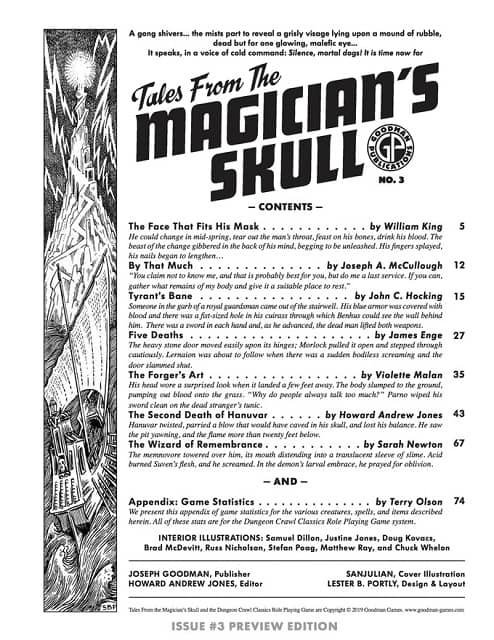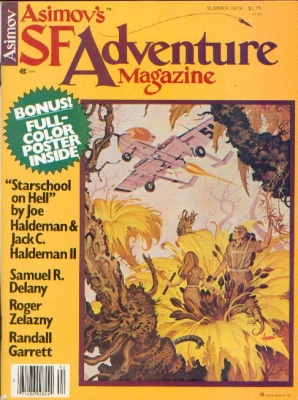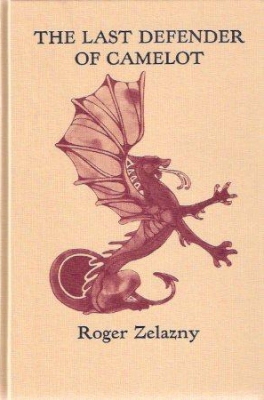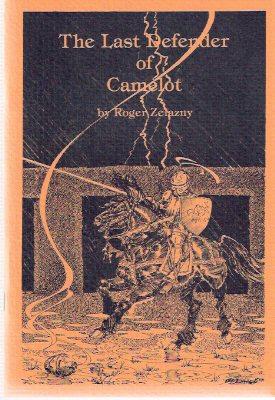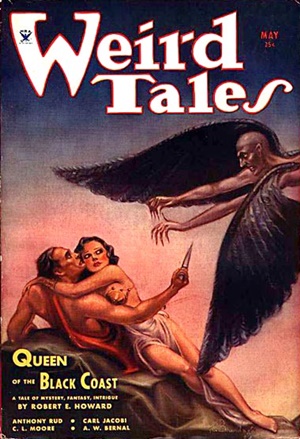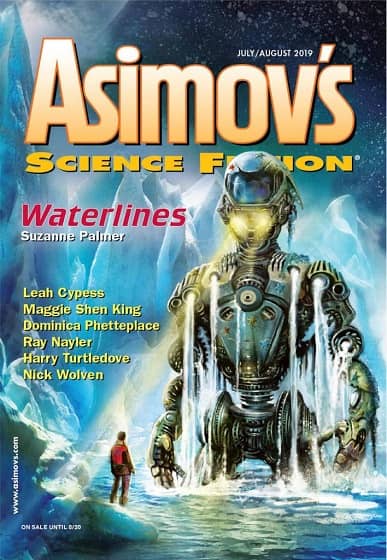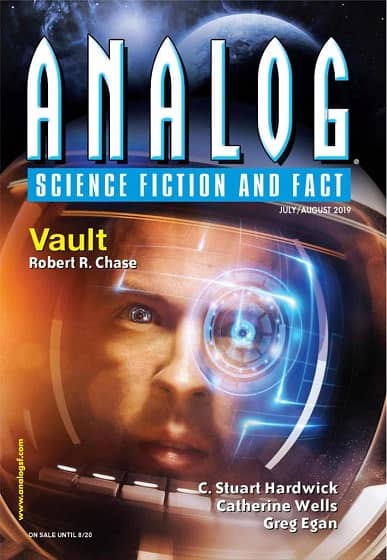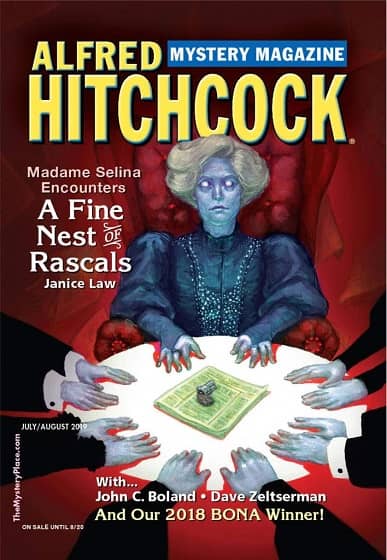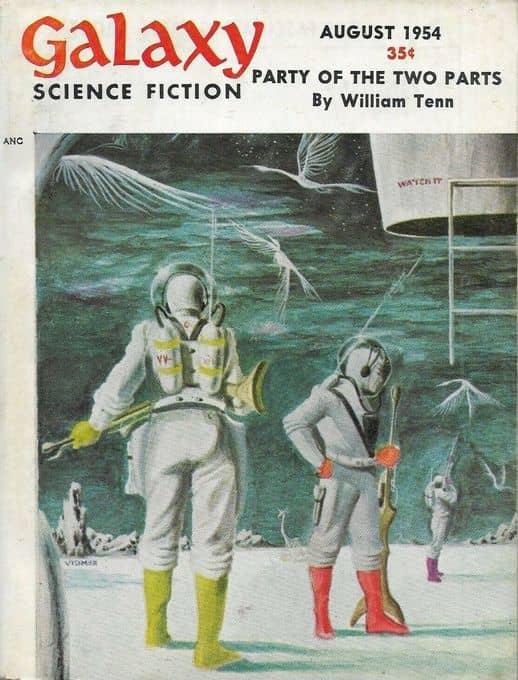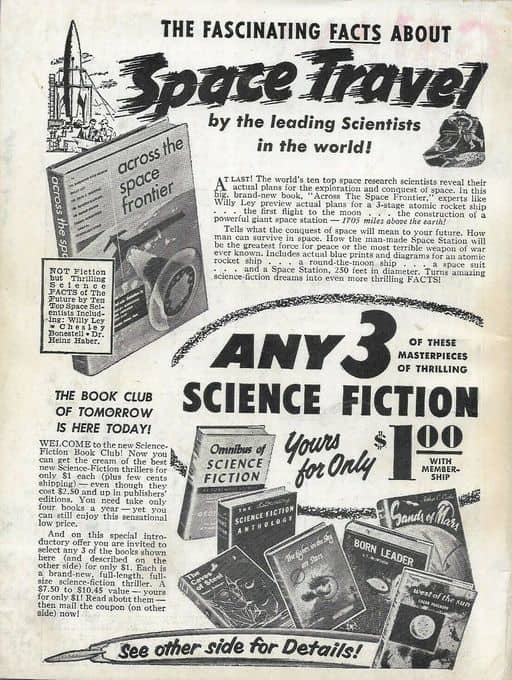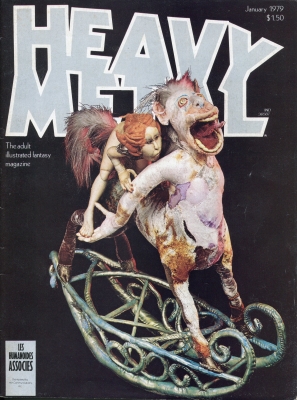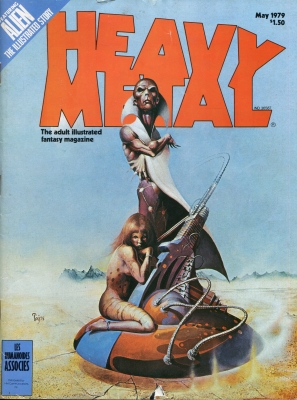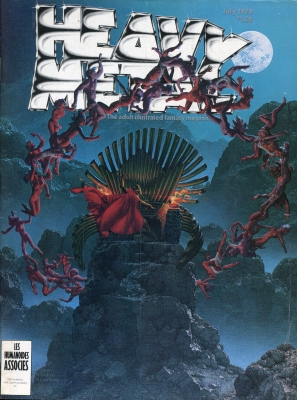Hither Came Conan: Gabe Dybing on “The People of the Black Circle”
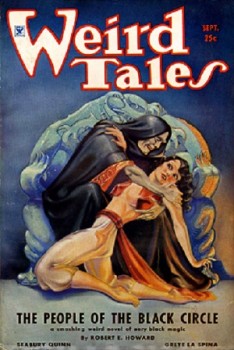
Fellow Black Gater Gabe Dybing loaded his entry directly into the website and it fell off my radar. My fault. HERE is the final entry in our Hither Came Conan series, as he tackles “The People of the Black Circle,” which I’ve always felt, story-wise, was one of REH’s more unique Conan tales. Read on!
Robert E. Howard’s novella “The People of the Black Circle,” first published in the September, October and November 1934 issues of Weird Tales, contains all of the elements that, in retrospect, entail an ultimate Conan tale. As an exemplar of what was to become known as the Sword & Sorcery subgenre of fantasy literature, “Black Circle” exhibits Conan as a swordsmen at the height of his career in brigandry: the tale commences with Conan negotiating for the release of seven of his hillmen chieftains who are being held by the Devi of Vendhya for ransom or execution.
But Conan has not lost any of his more youthful thiefly abilities; his introduction in this story has him climbing through a window after sneaking over a barbican and single-handedly dispatching of the guards there. The “sorcery” portion of the Sword & Sorcery subgenre is supplied here by not just one but by an entire Circle of magic-users. Most notable of these are Khemsa (who even is a perspective character!) and the Master of Yimsha, who ultimately is the chief adversary of the novella. To further exemplify the Sword & Sorcery genre, the narrative contains ample doses of the weird—monstrous antagonists, an adventure locale worthy of a Dungeons & Dragons module, and even one secret passage! But that’s not all!
Other Conan stories contain these things, too, but this story is the very best Conan story because it has what no other does — the Devi of Vendhya. “Black Circle” exhibits all the things that we love about Conan, but, unlike any other, it also details the making of a lover and a heroine to complement Conan in every way.
What? Isn’t that heroine supposed to be Red Sonja (to confuse the Conan “canon”) or one of Conan’s two great “loves” (Belit or Zenobia)? Perhaps, perhaps not. Conan had many women throughout his varied careers, and if he never came to actually “love” Yasmina, the Devi of Vendhya, then he at least recognized in her, at the end of this tale, all of the qualities that he most valued in a woman. A major aspect of “Black Circle” is just who Conan is at this time of his life and what characteristics could counterbalance this hero as a satisfying lover, if not a full mate. Through her experiences in this tale, Yasmina transforms — at least in Conan’s eyes — from an artificial and unattainable Devi into a true “elemental” woman of passion and desire.
